Main Navigation Menu
© 2025 Tech Jacks Soutions, All Rights Reserved
© 2025 Tech Jacks Soutions, All Rights Reserved

The company that brought us Mario, Zelda, and decades of gaming joy has transformed into something far more sinister. Nintendo’s latest patent approval, covering the basic concept of summoning characters to fight automatically, represents the final evolution of gaming’s most beloved brand into its most formidable patent troll.
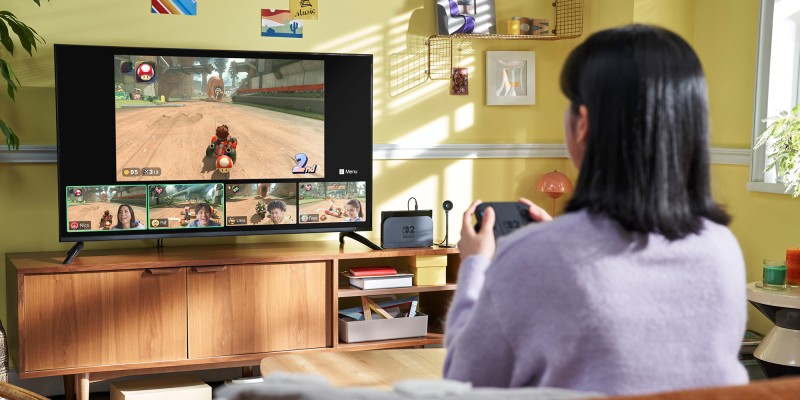
On September 2, 2025, the US Patent and Trademark Office granted Nintendo patent number 12,143,397, covering “summoning a character and letting it fight another.” This isn’t about specific implementations or unique innovations – Nintendo now legally owns one of gaming’s most fundamental mechanics.
The patent describes exactly what thousands of games have featured for decades: players can summon sub-characters that automatically engage enemies without direct player control.
Industry experts call this “an embarrassing failure of the US patent system” that “should not have happened, full stop.”
The implications are staggering. Every necromancer in Elder Scrolls, every summoned creature in Diablo, every companion AI in modern gaming potentially infringes Nintendo’s newly granted monopoly. The company didn’t invent summoning mechanics – they simply filed paperwork claiming ownership of concepts that predate Pokémon by decades.
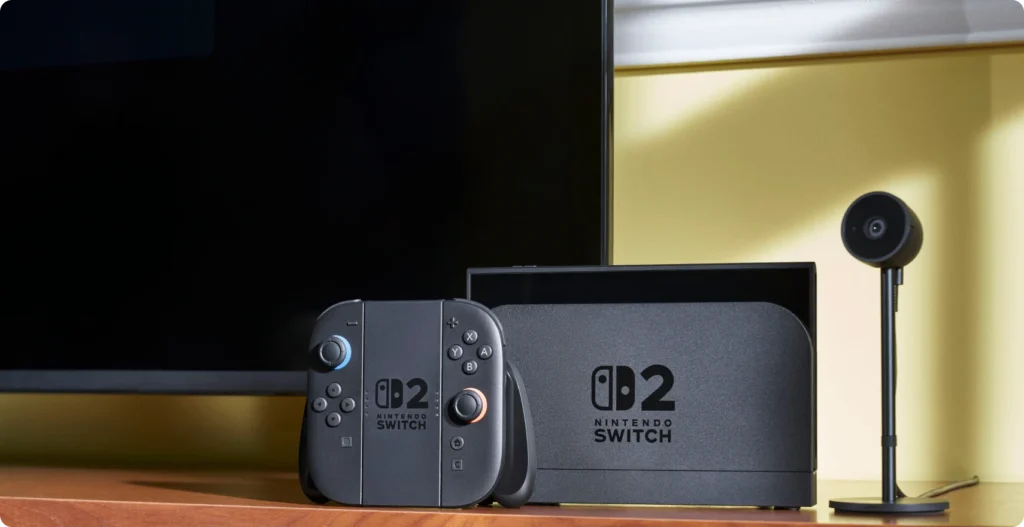
Nintendo’s assault on Pocketpair’s Palworld reveals the company’s true strategy. Unable to pursue obvious copyright infringement (because Palworld’s creatures don’t actually copy Pokémon designs), Nintendo pivoted to patent warfare. The lawsuit alleges violations of three patents covering monster-catching gameplay, including throwing spheres to capture creatures and using captured monsters as vehicles.
This represents a fundamental shift from defending genuine innovation to weaponizing basic game mechanics. Palworld plays nothing like Pokémon – it’s a survival crafting game with monster collection elements. Yet Nintendo claims ownership over concepts so broad that virtually any creature-collection game becomes a potential litigation target.
The timing is particularly revealing. Nintendo filed the summoning patent application in March 2023, well after Palworld’s development became public knowledge. This suggests a reactive patent filing designed to create legal ammunition against competitors rather than protecting genuine innovations.
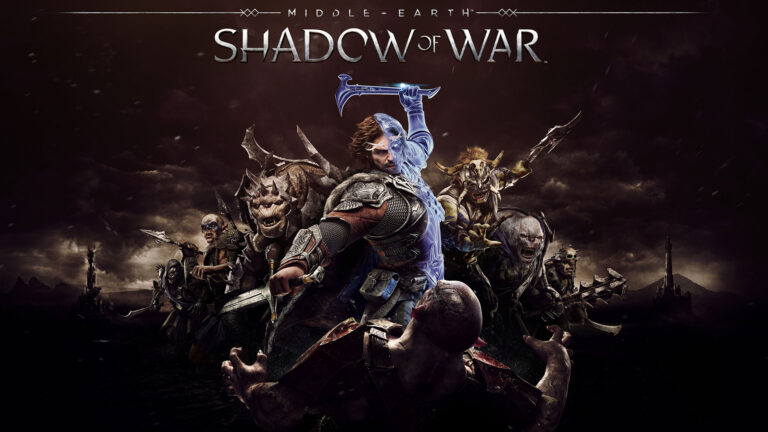
Why Gaming Patents Are Destroying Creative Freedom
Gaming’s patent crisis extends far beyond Nintendo. Warner Brothers’ patent on the Nemesis system prevented other developers from creating dynamic enemy relationships, ultimately killing innovation rather than protecting it. When Warner cancelled their Wonder Woman game, the Nemesis system died with it – a perfect example of how patents destroy rather than preserve creative work.
Baldur’s Gate 3’s publishing lead condemned patents like Nintendo’s as “too often used in bad faith”, highlighting how established developers recognize the threat to industry creativity.
The fundamental problem lies in applying industrial patent concepts to artistic expression. Patenting game mechanics is equivalent to copyrighting brush strokes in painting or chord progressions in music. These are tools of expression, not inventions deserving monopoly protection.

Nintendo’s patent portfolio has become a weapon of creative suppression rather than innovation protection. The company systematically files patents on basic game concepts, creating legal minefields that discourage competition and innovation.
Consider Nintendo’s current patent claims:
These aren’t innovative technologies requiring years of research and development. They’re fundamental game design concepts that emerged organically from decades of collective industry evolution. Nintendo’s aggressive intellectual property strategy represents a case study in patent enforcement gone wrong.
Developer reaction to Nintendo’s patent strategy has been overwhelmingly negative. Reddit discussions describe patents and copyrights as “ruining innovation in game development”, with developers expressing frustration at artificial barriers to creative expression.
Professional analysis echoes these concerns. Patent professionals analyzing the Nintendo-Palworld situation highlight how patent law fails to serve its intended purpose in creative industries.
The broader implications extend beyond individual lawsuits. IP law in gaming requires balancing innovation, fair use, and patent challenges, yet current patent approval processes ignore this balance entirely.
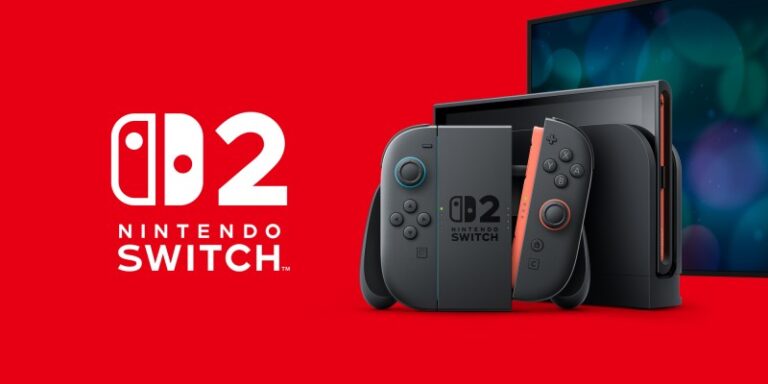
Nintendo’s patent strategy threatens to eliminate entire categories of games through legal intimidation. Monster collection, creature summoning, and companion-based gameplay could become Nintendo exclusives not through innovation but through aggressive patent filing.
The chilling effect is already visible. Independent developers avoid mechanics that might trigger Nintendo’s legal attention, self-censoring creative expression to prevent lawsuits. This represents the opposite of patent law’s intended purpose – encouraging innovation through temporary exclusivity.
The US patent system’s failure to protect small businesses becomes particularly problematic in gaming, where innovative mechanics often emerge from independent developers who lack resources to defend against corporate patent trolling.
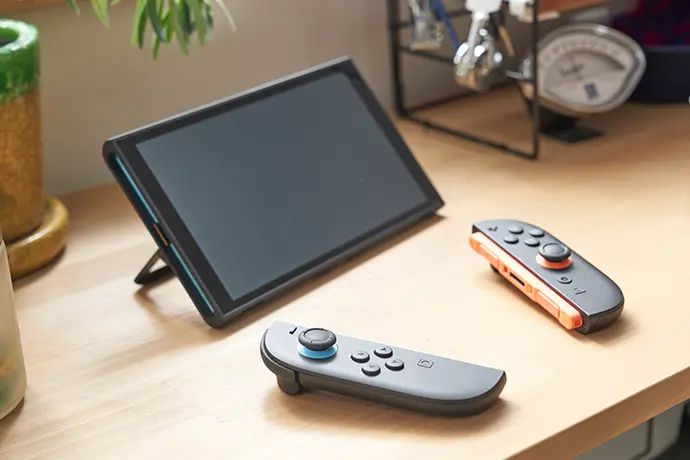
Nintendo’s summoning patent reveals a fundamental misunderstanding of how game mechanics evolve. Auto-battle systems emerged naturally from developers seeking to reduce tedious player input, not from Nintendo’s unique innovation. The mechanic appears in strategy games, RPGs, and action titles across decades of development.
Even Nintendo’s specific implementation in Pokémon Scarlet/Violet builds on established conventions. GameSpot editor Kaye Plag noted that the patent specifically describes auto-battle mechanics, not revolutionary new technology deserving patent protection.
The patent office’s approval process failed to recognize prior art spanning decades of game development. Summoning mechanics appear in tabletop RPGs from the 1970s, computer games from the 1980s, and countless titles predating Nintendo’s patent application.
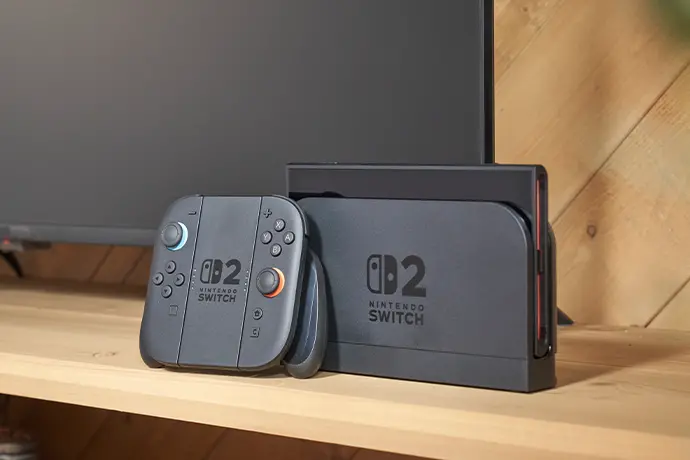
Nintendo’s transformation from industry innovator to patent predator represents one of gaming’s most disappointing betrayals. The company built its reputation on creative excellence and player-focused design, yet now threatens those same values through legal intimidation.
The summoning patent represents everything wrong with gaming’s intellectual property landscape. Basic game mechanics become corporate property through paperwork rather than innovation. Creativity suffers from artificial restrictions that serve no legitimate purpose beyond protecting corporate profit.
Patent law exists to encourage innovation by providing temporary monopolies over genuine inventions. Nintendo’s strategy perverts this purpose, using patents to suppress competition rather than reward innovation. The company didn’t invent summoning mechanics – they filed paperwork claiming ownership of concepts that belong to the entire industry.
The broader industry must resist Nintendo’s patent aggression through collective action. Developers should document prior art for familiar game mechanics, challenge frivolous patents through opposition proceedings, and support patent reform that recognizes the unique creative requirements of gaming.
More importantly, consumers should understand that supporting Nintendo’s patent strategy ultimately harms gaming innovation. Every successful patent lawsuit emboldens further abuse, creating precedents that could eliminate entire categories of creative expression.
Nintendo once stood for imagination, innovation, and player joy. Today’s Nintendo patents joy itself, claiming ownership over the basic building blocks of interactive entertainment. That transformation deserves condemnation, not celebration.
The gaming industry created its most outstanding art through shared innovation and collective creativity. Nintendo’s patent war threatens to end that collaboration, replacing creative communities with a corporate feudal system. That future deserves fierce resistance from everyone who values the artistic potential of gaming.
